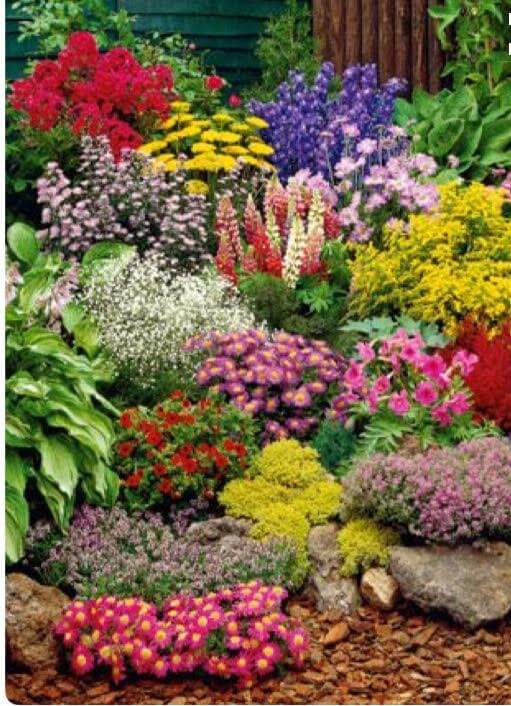Lavender Care
Of all the flowers in the garden, Lavender is one of the most beautiful, versatile and easy to care for and, did you know there are over 450 varieties of this amazing flower?
There is a long history associated with the Lavender plant and sprigs had been found in the Tomb of the Egyptian Pharaoh Tutankhamen. Aside from its aesthetic and medicinal qualities, many cultures believed in its power to ward off evil spirits and bad luck.
Whatever your reason for making it part of your garden, let’s get you moving in the right direction with its care.
Music to any gardener’s ears when it comes to plants is ‘low maintenance’ and Lavender fits that bill actually preferring to be neglected a bit.
Lavender is a Mediterranean Perennial and therefore prefers hot, dry conditions. Plant your lavender in an area where it will get a minimum of 8 hours of direct sunlight per day. The soil should be very well draining as Lavender hates wet feet! Too much water over time will cause mold and fungus to grow and quickly lead to the plant’s death.
When planting Lavender in the garden bed, be sure to follow the rule of digging your hole twice the width of the plant and back fill with a well draining soil mixture. Placing root stimulator and fertilizer such as BioTone in the bottom of the hole will get your plant off to a great start. Although Lavender prefers to be on the dry side once established, it’s important to follow a regular watering schedule while the roots are taking hold in their new home. Water slowly and deeply to ensure water is reaching the bottom of the roots.
Lavender also does very well when planted in a pot. All of the same rules apply but check water a little more often as containers dry out quickly in full sun.
An important note, Lavender doesn’t like acidic soil. Anything below 6.5 will kill the plant over time so if necessary amend your soil with lime or some wood ash.
When it comes to fertilizing…less is more! As we mentioned, Lavender prefers a bit of neglect. Regularly fertilizing the plant will encourage foliage but not flowers. Fertilize once in the spring and add a fresh layer of compost. This will provide your plant with all the nutrition it needs for the season.
Lavender is a woody perennial and will need pruning. The first pruning should be done in the spring to shape the plant and get rid of any gangly growth. The second pruning should be done in the summer when blooms begin to fade. Pruning stimulates new growth, so if your plant is becoming very leggy, go ahead and cut back up to 50%. Yes, it will look a bit ugly for a few weeks but new growth will soon shoot up and fill in the plant.
And be sure not to throw away those trimmings! Dry and place them into mesh bags to put in closets or drawers to give fabrics a beautiful scent!

